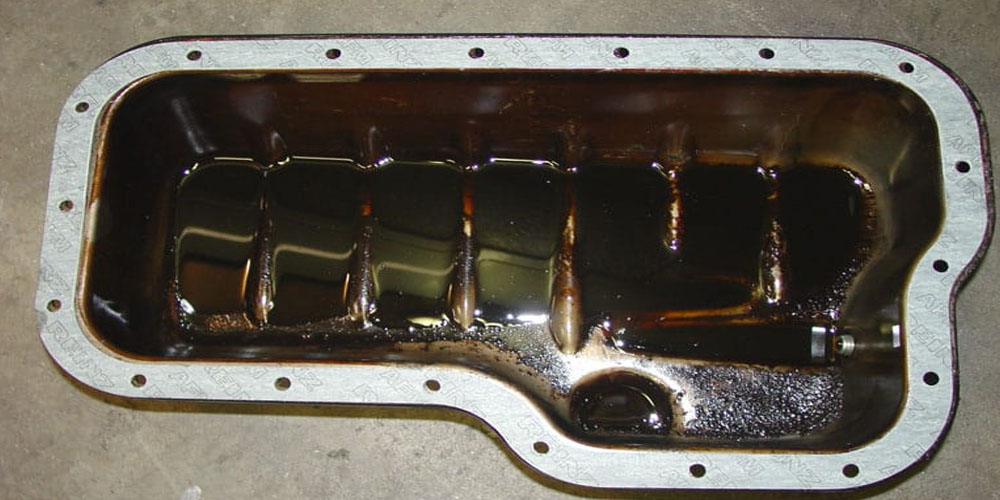An integral part of an engine's lubricating system is the oil pan. It gathers and stores the oil used to lubricate the moving elements of the engine. The oil pan is positioned at the base of the engine and is flat and low to prevent getting in the way when the car is moving.
Given its significance, it is vital to understand all of the characteristics of the Oil Pan. We shall look at all the different features and the importance of proper maintenance of the oil pan in this article.
Oil Pan-Details
The oil pan, a metal container situated at the engine's base block, is where the motor oil is maintained. It is fastened to stop oil leaks, the engine block is sealed using a gasket. The oil pan needs to be lightweight without sacrificing strength in order to withstand high temperatures and pressure changes without adding unnecessary weight to the car.
Also, the oil pan helps to cool the oil. As oil circulates through the engine, it can become hot due to friction and heat from the combustion process. The oil pan is designed to help dissipate this heat and keep the oil at a safe operating temperature. Some oil pans even have cooling fins or other features that are designed to enhance their cooling performance.
Features of an Oil Pan
It is essential to understand the various features of an oil pan to gain a deeper understanding of how it works and how to maintain it properly. Following are some features of an oil pan.
Color
The material used to construct an oil pan might affect the hue of the finished product. Plastic oil pans come in a range of color, while metal oil pans are mainly silver or black. Although it has no bearing on performance, a vehicle's oil pan color can add to its aesthetic appeal.
Material
Aluminium, steel, and composite materials are just a few of the materials that can be used to make oil pans. Steel oil pans are sturdy and long-lasting, whereas aluminium oil pans are lighter and serve to lower the overall weight of the car. A more recent material that strikes a balance between the two is composite oil pans.
Capacity
The oil pan, an essential component, has a capacity that determines how much oil the engine can store. The size of the oil pan depends on the make, model, and size of the car as well as the size of the engine. The oil pan's capacity is frequently specified in quarts, and the majority of cars have an oil pan capacity between four and eight quarts.
Baffles
Baffles are plates or walls within the oil pan that help control the oil's movement and prevent it from splashing around. They also help keep the oil pickup tube submerged in the oil, ensuring that the engine is adequately lubricated at all times.
Drain Plug
At the bottom of the oil pan is a drain plug that enables the oil to be drained during an oil change. Usually constructed of steel, the drain stopper contains a magnetic core that draws any metal shavings that might be in the oil.
Maintenance of Oil Pan
Regular oil changes are essential for maintaining the oil pan's health. Over time, contaminants can build up and cause damage to the oil pan or clog the oil pump pickup, leading to engine failure. It is also crucial to check the oil pan for leaks regularly, as even a small leak can result in a loss of engine oil and cause severe damage.
Ending Remarks
The oil pan is a crucial part of an automobile's engine system and it is responsible for keeping the engine cool and lubricated. The oil pan can continue to function effectively and contribute to the engine's smooth operation for many years to come with the right maintenance and attention.


